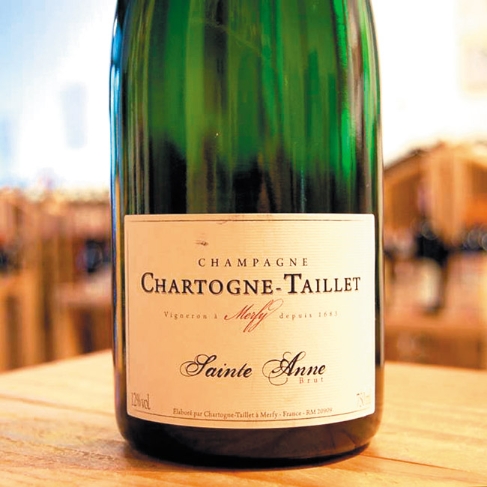Knowledge Can Improve A Wine’s Taste
This is a story of the chicken and the egg.
Which came first? Which one is more important?
I pondered this conundrum after a benefit tasting where I poured wine for a large number of guests. I poured the same wine for many different people, and as you can imagine they all had different experiences. One person simply asked me to pour the wine for her. I did not explain much about it, I simply poured. She seemed to like it and gave an approving nod, but did not really say much about the wine, nor did she return for more.
A second person asked me how it tasted and I told her that the wine was a medium bodied and dry Chardonnay, had great balance with ripe orchard fruit and just a hint of wet stone. She tasted it and gave me another approving smile and moved on. A third person asked about the wine’s origin first: “Tell me about this wine.” I told him it came from one of the oldest Chardonnay vineyards, Sanford and Benedict in Santa Barbara County, and is made by Jim Clendenen in an Old World style, but with riper fruit. I poured it for him and he really enjoyed it. He told me he liked the balance and how it did not have so much oak. He even came back for seconds.
So which is more important? How a wine tastes or its origin and the story behind it?
I can explain a wine from both sides. As I maintain that taste is the final arbiter of quality to anyone, I will start there. What if I told you that this wine smells of fresh citrus, a hint of bees’ wax, honey, figs, peach with a note of hard stone and absolutely no trace of oak or wood? It is light bodied with refreshing, almost bracing acidity and is dry but not bone dry. On the palate there is even more citrus zest, pineapple rind and acacia honey on the long finish. Does that sound like something that would taste good to you?
Now what if I told you this?
This is the 2012 Domaine Champalou Vouvray Sec made with 100 percent Chenin Blanc grown in hard limestone soils known as tufa. It is made by a family-run domain headed by Didier and Catherine Champalou, and they are completely hands on. They have two daughters, both of whom help in the winery, and at harvest they hire just a few other people, but other than that it is pretty much just them. This is the epitome of a small winery with only about 5,000 cases of production total for the world made in this small corner of the world. And yet their wine truly speaks of the place with its expression of the grape and its terroir. This family’s philosophy is not to make the greatest expression of Vouvray around, but a truly “honest” and “pure” expression of their vineyards and to make something that is delicious and pleasing. And I think they do that every single year.
Which one do you prefer? Which one is more important? For me, the answer is “yes.” I need them both. Wine is not just a tasty tool or simply something to refresh us. It can be that, but it is not just that. And like art, it needs context. When you add the human part and the pedigree of the vine and its vineyards, you add layers of complexity intellectually, which adds value to your taste. In fact, it can elucidate what you taste. So don’t settle for just one side of the story. Enjoy both.
Recommendations: 2010 Moone-Tsai Cabernet Sauvignon ($80) This is one of the most impressive Napa Valley Cabs I have tasted this year. It has gobs of flavor from chocolate to cassis and everything in between. It is mouth-coating and decadent. Seriously, if you can find it, you should try it. It is stunning. NV Chartogne-Taillet Cuvee Ste Anne ($45) When I think of the word “lovely” in its literal translation, I think of this wine. It has a wonderfully curvaceous nature in the palate and is perfectly refined.
RViernes@SOUTHERNWINE.com






